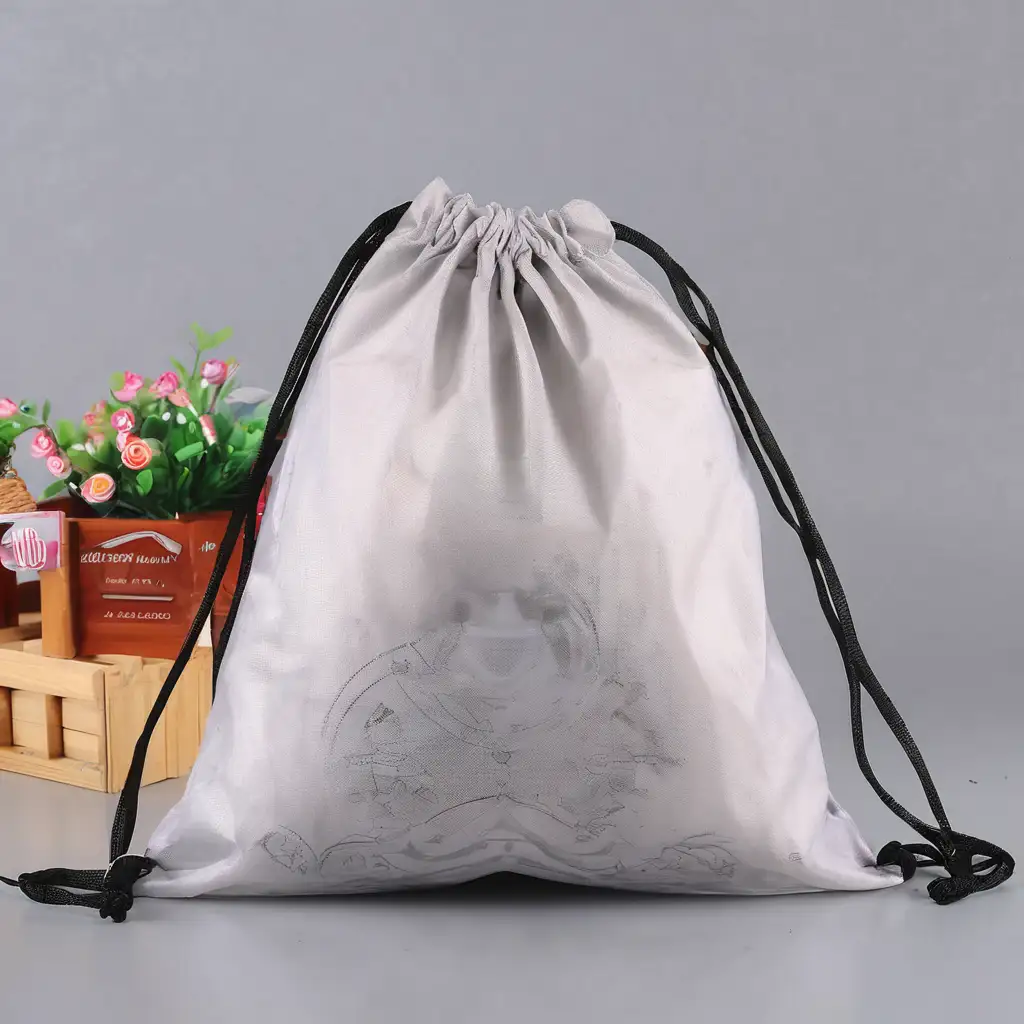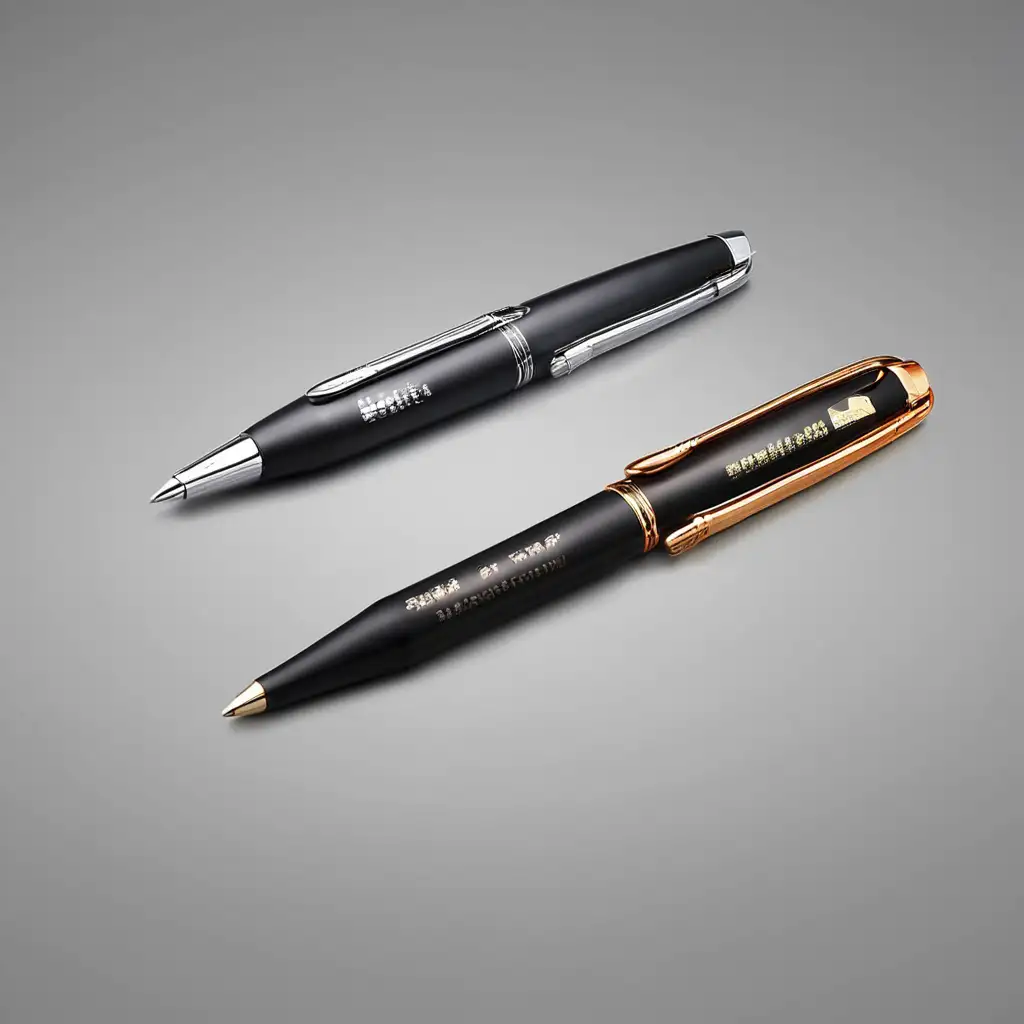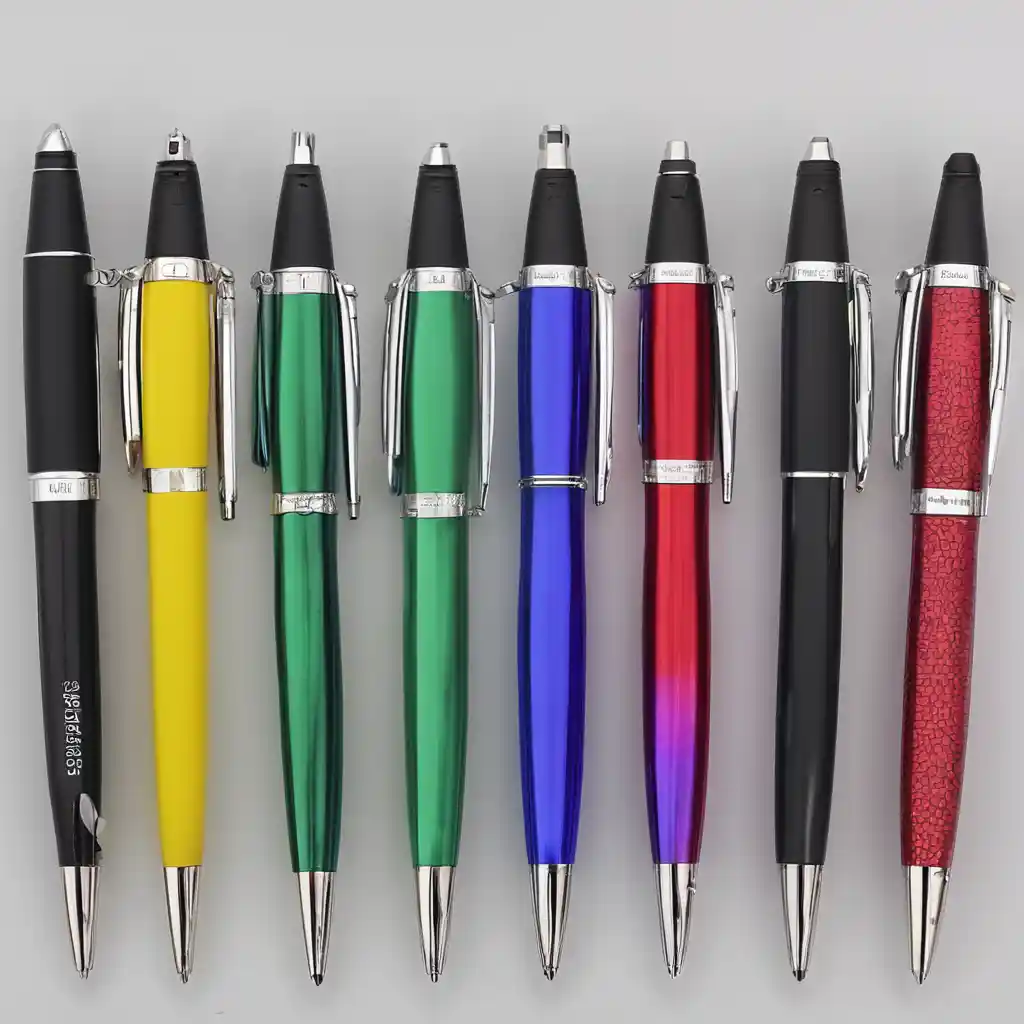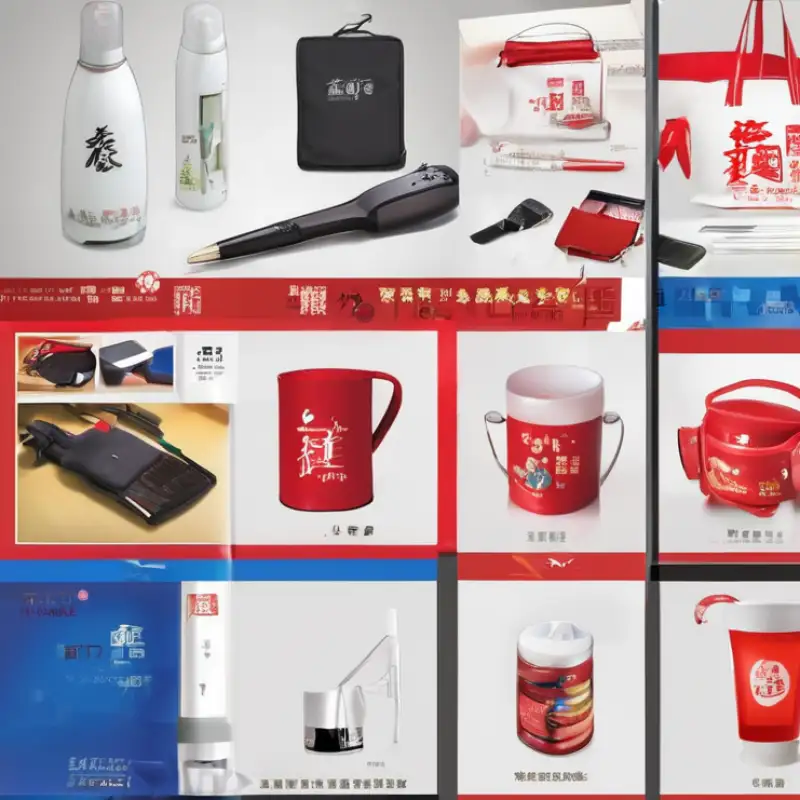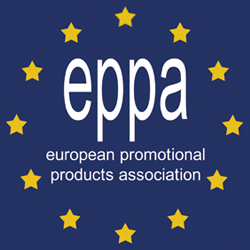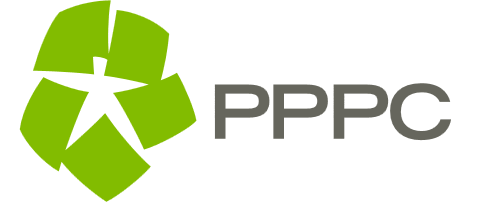What Are Three-Dimensional Non-Woven Bags?
Three-dimensional non-woven bags are a revolutionary alternative to traditional flat tote bags. These bags are crafted using advanced manufacturing techniques, allowing them to take on unique shapes and dimensions. The defining feature is their remarkable structural integrity. Unlike their flat counterparts, three-dimensional non-woven bags offer a sturdy base and sides, making them more versatile and durable.
Three-dimensional non-woven bags represent a significant departure from the conventional flat tote bags that we often see in everyday use. These bags are crafted through a combination of innovative manufacturing techniques and materials, resulting in a unique and distinctive design. Here's a more detailed look at the key features and characteristics of three-dimensional non-woven bags.
1. Innovative Manufacturing Techniques
Three-dimensional non-woven bags are manufactured using cutting-edge techniques that differ from the traditional methods used for flat bags. The production process involves heat and pressure, which helps mold the material into its distinct three-dimensional shape. These techniques allow for greater design flexibility and structural integrity.
2. Unique Shapes and Dimensions
One of the defining features of three-dimensional non-woven bags is their ability to take on various shapes and dimensions. While flat tote bags are typically uniform in shape, three-dimensional bags can have depth, height, and width. They come in a variety of styles, including rectangular, square, and even more intricate shapes, depending on the desired design.
3. Structural Integrity
What truly sets three-dimensional non-woven bags apart is their exceptional structural integrity. Unlike flat tote bags that may sag or lose their shape when filled with items, these bags maintain their form, thanks to their sturdy base and sides. This structural strength ensures that they are more reliable and long-lasting, even when carrying heavier loads.
4. Versatility and Durability
The enhanced design of three-dimensional non-woven bags makes them incredibly versatile. They can accommodate a wide range of items, from groceries and books to clothing and accessories. The bags are known for their durability, which means they can withstand the rigors of daily use and be reused many times over. This durability contributes to their eco-friendliness, as they reduce the need for single-use bags.
5. Eco-Friendly Material
Three-dimensional non-woven bags are typically made from non-woven polypropylene, an eco-friendly material. Polypropylene is recyclable and can be repurposed, making these bags a sustainable choice in comparison to single-use plastic bags. They are part of the effort to reduce plastic waste and minimize the environmental impact.
6. Customization
Another significant advantage of three-dimensional non-woven bags is their potential for customization. They can be personalized with various prints, logos, and designs, allowing businesses and individuals to convey their unique messages and branding while promoting sustainability.
In summary, three-dimensional non-woven bags are a departure from the conventional flat totes in terms of design, structural integrity, versatility, and eco-friendliness. Their unique manufacturing techniques result in bags with various shapes and sizes, making them more adaptable for different purposes. With their durable construction and sustainable materials, these bags are a step forward in promoting a greener, more sustainable future while offering style and functionality.
The Sustainability Edge
Eco-conscious consumers are well aware of the environmental toll posed by single-use plastic bags. Three-dimensional non-woven bags offer a clear advantage in this regard. They are made from non-woven polypropylene, a recyclable and eco-friendly material. Not only do they help in reducing plastic waste, but they can also be reused countless times, drastically minimizing the need for disposable bags.
In today's environmentally conscious world, individuals and businesses alike are increasingly aware of the detrimental impact of single-use plastic bags on our planet. The environmental toll, in terms of pollution, energy consumption, and resource depletion, is significant. This is where three-dimensional non-woven bags step in, offering a compelling sustainability advantage.
1. Material Composition
Three-dimensional non-woven bags are primarily constructed from non-woven polypropylene, a synthetic material known for its eco-friendly properties. Polypropylene is derived from petroleum, but its production generates fewer greenhouse gas emissions compared to many other plastics. It is also a recyclable material, which means it can be repurposed and reused, reducing the demand for virgin resources.
2. Reusability
The defining sustainability feature of three-dimensional non-woven bags is their reusability. Unlike single-use plastic bags that are often discarded after one use, these bags can be utilized countless times. Their durability and robust construction allow them to withstand the rigors of repeated use. This reusability not only conserves resources but also minimizes the need for the production of disposable bags, consequently reducing plastic waste.
3. Reduction of Plastic Waste
By opting for three-dimensional non-woven bags, eco-conscious consumers and businesses can significantly contribute to the reduction of plastic waste. With each use of these bags, the number of single-use plastic bags that end up in landfills or polluting our natural environments is decreased. This directly mitigates the environmental harm associated with plastic waste.
4. Carbon Footprint
The production and transportation of single-use plastic bags contribute to carbon emissions and energy consumption. Three-dimensional non-woven bags, which are designed for long-term use, have a lower overall carbon footprint when their extended lifespan is taken into account. Their durable nature reduces the need for continuous production, transportation, and disposal, ultimately leading to lower environmental impacts.
5. Versatility
Three-dimensional non-woven bags are versatile and adaptable to various purposes. This versatility encourages users to integrate them into their daily routines, replacing single-use bags in a wide range of scenarios, from grocery shopping and retail purchases to carrying personal items. The bags' multi-functionality enhances their role in promoting sustainable practices.
6. Eco-Friendly Practices
Choosing three-dimensional non-woven bags aligns with eco-friendly practices and responsible consumer behavior. They send a clear message that individuals and businesses are committed to reducing their environmental footprint and taking steps toward a more sustainable future.
Three-dimensional non-woven bags offer a clear sustainability edge over single-use plastic bags. They are crafted from eco-friendly materials, are designed for long-term use, reduce plastic waste, and have a lower overall environmental impact. By embracing these bags, eco-conscious consumers and businesses not only make an eco-friendly choice but also actively contribute to the preservation of the environment and the promotion of sustainable practices.
Versatility and Functionality
One of the significant advantages of three-dimensional non-woven bags is their versatility. They come in various shapes, sizes, and designs, making them suitable for a wide range of uses. Whether you're grocery shopping, carrying your daily essentials, or attending a stylish event, these bags fit the bill. Their three-dimensional design provides ample space, allowing you to carry more items comfortably.
The appeal of three-dimensional non-woven bags extends beyond their eco-friendly attributes. These bags offer a remarkable level of versatility and functionality that make them an excellent choice for various everyday and special-use scenarios. Here's a closer look at how their versatility and functionality distinguish them.
1. Range of Shapes, Sizes, and Designs
Three-dimensional non-woven bags are not confined to a single design or size. They come in a diverse range of shapes, sizes, and designs, ensuring that there's a bag suited for every purpose. Whether you need a small, compact tote for quick errands or a larger, more capacious bag for groceries or bulkier items, you can find a three-dimensional bag to meet your specific needs. These bags even come in various styles and colors, allowing you to express your personal taste and preferences.
2. Grocery Shopping
One of the most common uses for three-dimensional non-woven bags is grocery shopping. The bags' robust construction and ample space make them ideal for carrying a variety of food items. The sturdy base and sides ensure that your groceries remain well-supported and organized, reducing the risk of items spilling or breaking.
3. Everyday Essentials
These bags are equally practical for carrying daily essentials. Whether you're heading to work, running errands, or going to the gym, a three-dimensional non-woven bag provides the space and durability required to transport your personal items securely. Their versatility allows you to transition seamlessly between different activities, all with the same reliable bag.
4. Events and Occasions
Three-dimensional non-woven bags are not limited to utilitarian purposes. They can be the perfect accessory for stylish events or special occasions. Their diverse designs and customization options make them an attractive choice for carrying items to a party, wedding, or promotional event. They combine functionality with a touch of elegance.
5. Ample Space
The three-dimensional design of these bags ensures that they offer ample space. You can comfortably carry more items in these bags compared to traditional flat totes. This is especially valuable for individuals who prefer a single, multi-purpose bag that can adapt to different needs without feeling cramped.
6. Durability and Reusability
The bags' durability goes hand in hand with their versatility. Their robust construction means they can withstand the demands of everyday use and can be reused numerous times. This extends their functional lifespan and further enhances their eco-friendliness.
7. Multi-Functionality
Three-dimensional non-woven bags represent a versatile solution that encourages consumers to rely on a single bag for various purposes. This, in turn, reduces the need for multiple bags, streamlining daily life and promoting a sustainable approach to consumption.
The versatility and functionality of three-dimensional non-woven bags make them a valuable and adaptable accessory in our modern lives. Their diverse range of designs, sizes, and styles caters to a wide spectrum of activities and needs, while their durability and ample space ensure they remain reliable, eco-friendly companions for a multitude of purposes. Whether it's for shopping, daily essentials, or special events, these bags indeed "fit the bill" in a variety of scenarios.
A Canvas for Creativity
Three-dimensional non-woven bags offer a creative canvas for designers and brands to showcase their artistry. They can be customized with vibrant prints, logos, and messages, allowing businesses to promote their brand while advocating sustainability. This personalization not only adds a touch of individuality to your tote but also makes a statement about your commitment to the environment.
The Future of Eco-Friendly Totes
As the world shifts towards eco-conscious living, three-dimensional non-woven bags are emerging as the future of eco-friendly totes. Their innovative design, sustainability, and versatility set them apart from traditional bags. Moreover, the trend of customizing these bags to align with personal or brand values is gaining momentum. This serves as a testament to the adaptability and relevance of three-dimensional non-woven bags in a rapidly changing world.
Conclusion
Three-dimensional non-woven bags are more than just a fashion accessory; they are a symbol of our commitment to a greener, more sustainable future. By choosing these bags, we not only reduce our reliance on harmful plastics but also embrace a versatile, durable, and stylish option that caters to our everyday needs. As the world takes strides toward a more eco-conscious future, these bags are certainly leading the way.



